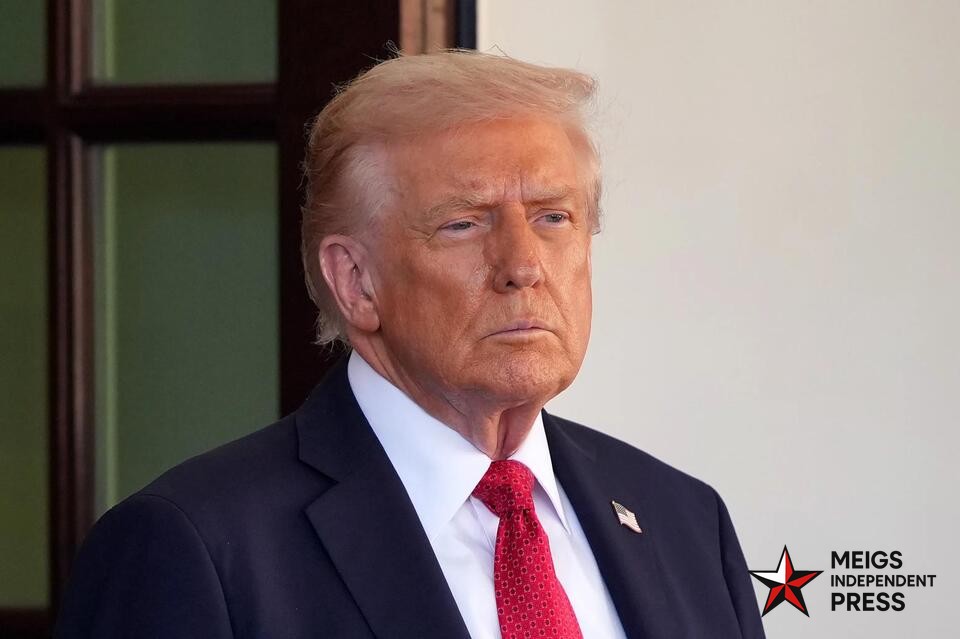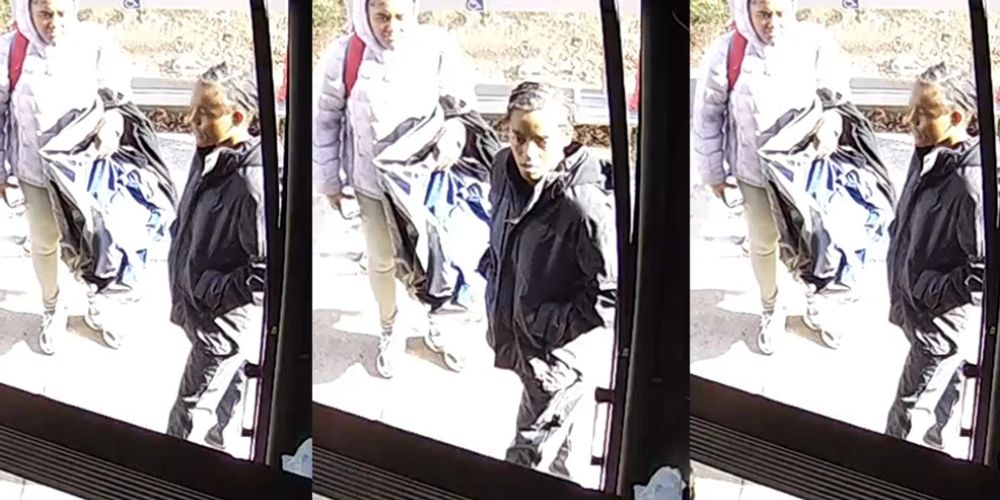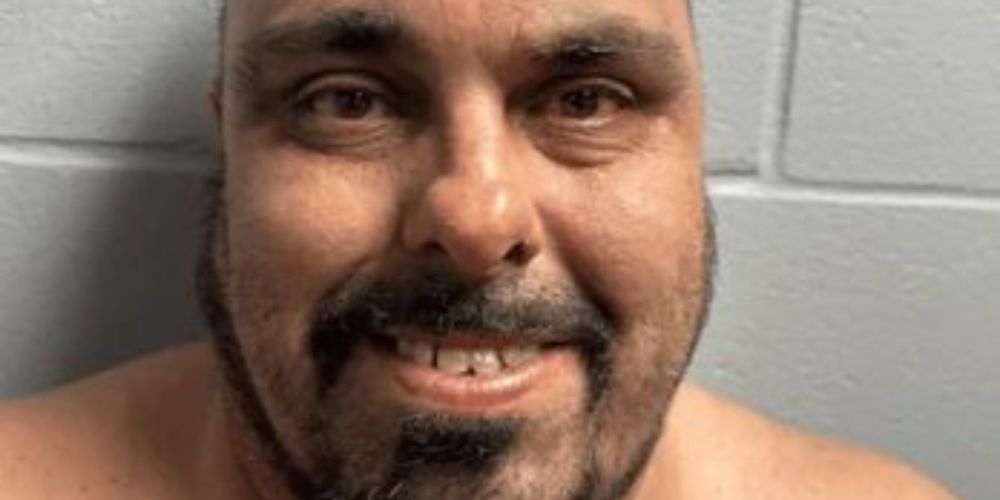WASHINGTON — As the federal shutdown stretched into Sunday, Washington was strikingly quiet. Many of the officials with the clout to end the funding standoff were out of town, even as the fallout deepened for millions of Americans.
President Donald Trump kicked off a six-day trip to Asia as the weekend began, after many lawmakers had already departed the capital. On Capitol Hill, Democrats and Republicans remain locked in bitter disputes over health care policy, with little sign of a bipartisan breakthrough.
In the meantime, the consequences are piling up. Critical public health reporting is stalled just as flu season approaches, and federal officials are warning of mounting holiday travel disruptions.
Within a week, funding for the Supplemental Nutrition Assistance Program (SNAP) will begin to run dry for more than 40 million low-income Americans. Bracing for that cliff, tribal leaders in Montana have started culling bison herds to help feed community members on a reservation where food insecurity is disproportionately high.
Trump departed on Air Force One late Friday and is slated to return to Washington on Thursday, Oct. 30. He told reporters he isn’t sure Congress will resolve the shutdown before he’s back — and any new spending bill would require his signature.
Transportation Secretary Sean Duffy urged travelers to prepare for more flight delays and cancellations as the shutdown adds stress to an already strained system. On Fox News’ “Sunday Morning Futures,” Duffy said air traffic controllers are “wearing thin” and predicted staffing shortages in towers early this week, which could trigger additional disruptions.
The shutdown is exacerbating long-standing staffing gaps at the Federal Aviation Administration. In May, Duffy said the FAA was short about 3,000 air traffic controllers nationwide.
House Republicans noted the Trump administration has tried to keep national parks and forests open with reduced staffing — a contrast to the closures during the 2013 shutdown — but warned the approach has limits. Rep. Bruce Westerman, R-Ark., who chairs the Natural Resources Committee, thanked thousands of park, forest, and fish and wildlife employees for continuing to work, while cautioning that overflowing trash, neglected lands, and disappointed families become more likely the longer the shutdown lasts. About 28 million people visited national parks in October 2024.
Essential workers such as TSA screeners and FAA controllers are still required to report, even though paychecks have stopped. Overall delay numbers have remained relatively low, but staffing at certain facilities has caused problems. Earlier this month, flights into Burbank, California, were held when the tower went unstaffed for several evening hours.
Not every delay stems from the funding lapse; weather remains a major driver of air travel slowdowns. Still, in previous shutdowns, growing numbers of essential workers eventually called out, producing longer security lines and sporadic delays at some airports.
VA benefits — including compensation and pensions — are still going out. The Department of Veterans Affairs says several services continue operating as usual despite the shutdown.
Members of Congress, meanwhile, will keep getting paid. Article I, Section 6 of the U.S. Constitution guarantees compensation for senators and representatives, to be paid out of the Treasury. Some lawmakers, including Sen. Andy Kim (D-N.J.), Rep. Josh Gottheimer (D-N.J.), and Rep. Kat Cammack (R-Fla.), say they will forgo pay during the shutdown.
State-run Department of Motor Vehicles offices are operating normally across the country, and like the U.S. Postal Service, they don’t depend on annual federal appropriations.
At 26 days and counting, the current impasse is now the second-longest shutdown in U.S. history. The record — 35 days from December 2018 to January 2019 during Trump’s first term — would be tied if the closure continues to Election Day, Nov. 4, and broken if it lasts longer.
Unemployment compensation continues because the program is administered by state agencies and funded through federal and state employer payroll taxes. New applications could face delays, though; it typically takes two to three weeks from filing to receipt of a first payment, according to the Department of Labor. Some furloughed federal employees may qualify for Unemployment Compensation for Federal Employees (UCFE), which closely mirrors state benefits.
Social Security payments, including Supplemental Security Income and benefits for retirement, disability, and survivors, are still being issued. These programs are considered mandatory spending by law and aren’t halted by lapses in annual funding. Social Security offices remain open, though services are limited.
Military retirees will continue receiving pay. Much of the Department of Veterans Affairs operates on a two-year budget cycle, which shields it from shutdowns, according to veteran-focused news outlets.
Despite the closure, the 50th Marine Corps Marathon went ahead Sunday morning. The route took runners through Virginia and Washington, D.C., past some of the nation’s most recognizable landmarks, with road closures throughout the region.
In 2013, a shutdown prompted then-President Barack Obama to cancel a planned trip to Asia. Confronted with a similar impasse this week, Trump chose to travel, a move Democrats have been quick to criticize. “While Americans are struggling to make ends meet, federal workers are going without pay, and millions of families are bracing for soaring health care costs, the president is leaving the country,” said Senate Minority Leader Chuck Schumer in a Friday statement. “Instead of doing his job, President Trump is abandoning it.”
Trump also said a U.S. citizen anonymously donated $130 million to the Pentagon to help pay military members during the shutdown, telling reporters on Oct. 24 that the donor prefers no publicity. The Defense Department confirmed the contribution the same day — a significant break from the normal practice of funding the military through congressional appropriations.
This reporting was first published by USA TODAY.
Separately, as the shutdown surpasses three weeks, Trump’s itinerary still includes stops in Malaysia, Japan, and South Korea, according to Reuters. Several Democrats have urged him to cancel the trip to focus on resolving the funding crisis. Meanwhile, critics contend that work linked to a proposed $300 million White House ballroom has begun, alarming preservationists as activity reportedly spreads into the East Wing. Back home, Americans continue to track the president’s approval ratings.
“I’m being a little cute,” Trump quipped recently.











Leave a Comment